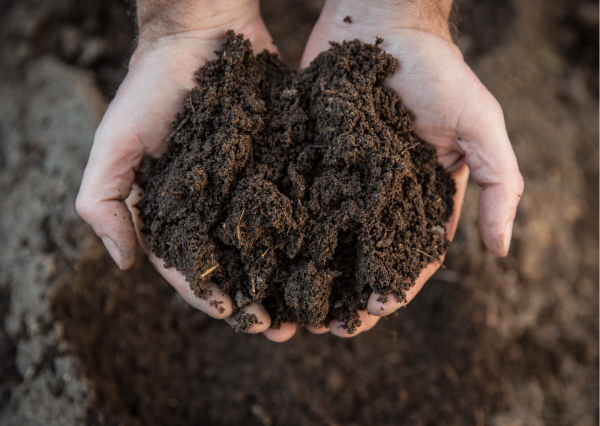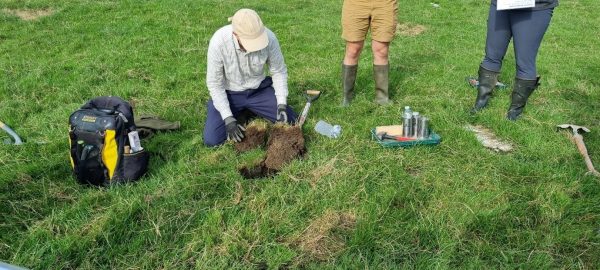World Soils Day
5 December, 2023
by Rachael Halhead
For World Soils Day, we thought we’d do a news piece about soils of course!
 Some background
Some background
Soils are vitally important for all life on the planet. That’s due to their role in providing both a substrate AND the water, nutrients, and minerals plants need to grow. They also play important roles in carbon storage, as habitat for up to one-quarter of global species and in the water cycle! Crikey, they work hard for us…
Soils are often the first point of contact for water reaching the ground after it rains. So soil characteristics can play a key role in what the water does next. That could be running across the land surface or percolating deeper into the ground before slowly filtering through groundwater into rivers and lakes. Healthy, well managed soils are therefore central to our aims of wild, healthy rivers and lakes which benefit people and the environment.
If managed poorly though, soils can contribute to the degradation of freshwater habitats. They can increase the risk of flooding in winter and worsen the effects of drought in summer. The leaching of nitrates and phosphates, both key plant nutrients, can cause eutrophication in rivers and lakes. Nutrients are often applied to agricultural soils as fertiliser or through manure, thus leading to negative economic, social, and environmental impacts. This can include biodiversity loss, changes to ecosystems structure and reduced amenity value for people. Inputs of fine sediment and organic matter eroded from soils also contribute to poor water quality. This is because it reduces instream dissolved oxygen and degrades riverbed habitats through the infilling of gravels, affecting macroinvertebrates and fish spawning in particular.

Workshop
Recently Olly, our Water Scientist, attended a workshop looking at improving soil management practices, to not only address potential risks, but help deliver long-term benefits for production and the environment. This workshop was aimed at farmers, landowners, and farm advisers in the catchment.
Positive changes in soil structure can be achieved, by preventing overgrazing, mechanical interventions and (where appropriate) chemical additions. This can reduce compaction, the development of crumb structure, and better aeration. This all leads to improved plant rooting depth, better nutrient retention and an increased water storage capacity.
This in turn then benefits the crucial organisms living within the soil, which we rely on to break down organic matter and recycle nutrients effectively, so that they are retained within soils. This means that there is more water and nutrients naturally available for plants, leading to lower costs for farmers, better yields and positive outcomes, in terms of lessening the impacts of nutrient enrichment, flood peaks and drought conditions.
While this advice was aimed at farmers, the principles can be applied by everyone, even in your garden. Keeping green spaces for water to soak into, improving soil structure and reducing the application of fertilisers can all lead to benefits for both soils and rivers. There are also other steps you can take to look after our soils, like staying on marked footpaths when out walking to prevent soil erosion, volunteering for community schemes such as tree planting, and getting involved in citizen science programmes looking to monitor soil health.
LINKS
By Oliver Winder, SCRT Water Scientist
 Some background
Some background
